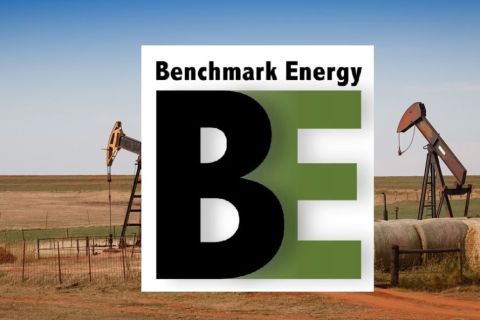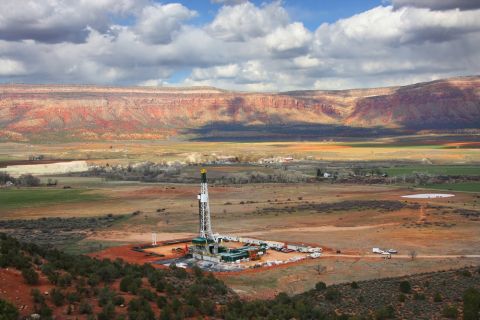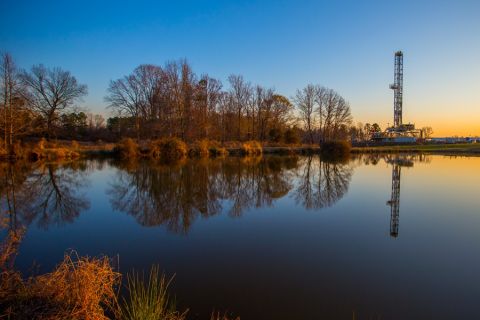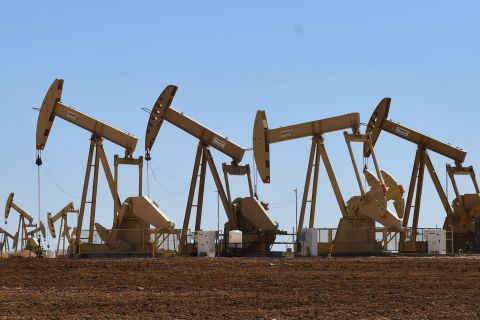Tellurian Inc. (NASDAQ: TELL) confirmed on May 8 it still plans to make a final investment decision (FID) to build its proposed $30 billion Driftwood LNG export project in Louisiana in 2019.
The company, in a first-quarter earnings statement, said it was on track to make an FID in 2019, start construction in 2019 and begin operations in 2023.
Driftwood is designed to produce 27.6 million tonnes per annum (mtpa) of LNG or about 4 billion cubic feet per day (Bcf/d) of natural gas. One billion cubic feet of gas is enough to fuel about 5 million U.S. homes for a day.
The company has said the first phase will likely comprise 16.6 mtpa.
Driftwood is one of more than a dozen U.S. and Canadian LNG export terminals under development that expect to make a final investment decision in 2019. Together the projects would produce over 150 mtpa of LNG.
Analysts have said only a handful of the plants will likely be built over the next five years or so.
Current U.S. LNG export capacity is around 39 mtpa, and new terminals being built would produce an additional 51 mtpa.
Tellurian has said the United States needs about 100 mtpa of new export projects to meet growing worldwide use of the fuel.
Unlike most proposed U.S. LNG export projects that will liquefy gas for a fee, Tellurian is offering customers the opportunity to meet their gas needs by investing in a full range of services from production to pipelines and liquefaction.
Current partners include units of Total SA, Vitol, Petronet LNG Ltd., General Electric Co. and Bechtel, which has a $15.2 billion contract to build the liquefaction facility. Pipelines, reserves and other expenses make up the rest of the project’s cost.
Tellurian is also developing three pipelines in Louisiana—the 4.0-bcfd Driftwood pipe, the 2.0-bcfd Haynesville Global Access and the 2.0-bcfd Delhi Connector—and the 2.0-bcfd Permian Global Access in Texas and Louisiana.
If Tellurian decides to build the pipes, the company has said it is targeting 2023 in service dates. Most of the pipes are designed to transport gas stranded in shale basins to the Gulf Coast.
Recommended Reading
SilverBow Saga: Investor Urges E&P to Take Kimmeridge Deal
2024-03-21 - Kimmeridge’s proposal to combine Eagle Ford players Kimmeridge Texas Gas (KTG) and SilverBow Resources is gaining support from another large investor.
Benchmark Closes Anadarko Deal, Hunts for More M&A
2024-04-17 - Benchmark Energy II closed a $145 million acquisition of western Anadarko Basin assets—and the company is hunting for more low-decline, mature assets to acquire.
Uinta Basin's XCL Seeks FTC OK to Buy Altamont Energy
2024-03-07 - XCL Resources is seeking approval from the Federal Trade Commission to acquire fellow Utah producer Altamont Energy LLC.
Mesa III Reloads in Haynesville with Mineral, Royalty Acquisition
2024-04-03 - After Mesa II sold its Haynesville Shale portfolio to Franco-Nevada for $125 million late last year, Mesa Royalties III is jumping back into Louisiana and East Texas, as well as the Permian Basin.
Life on the Edge: Surge of Activity Ignites the Northern Midland Basin
2024-04-03 - Once a company with low outside expectations, Surge Energy is now a premier private producer in one of the world’s top shale plays.





